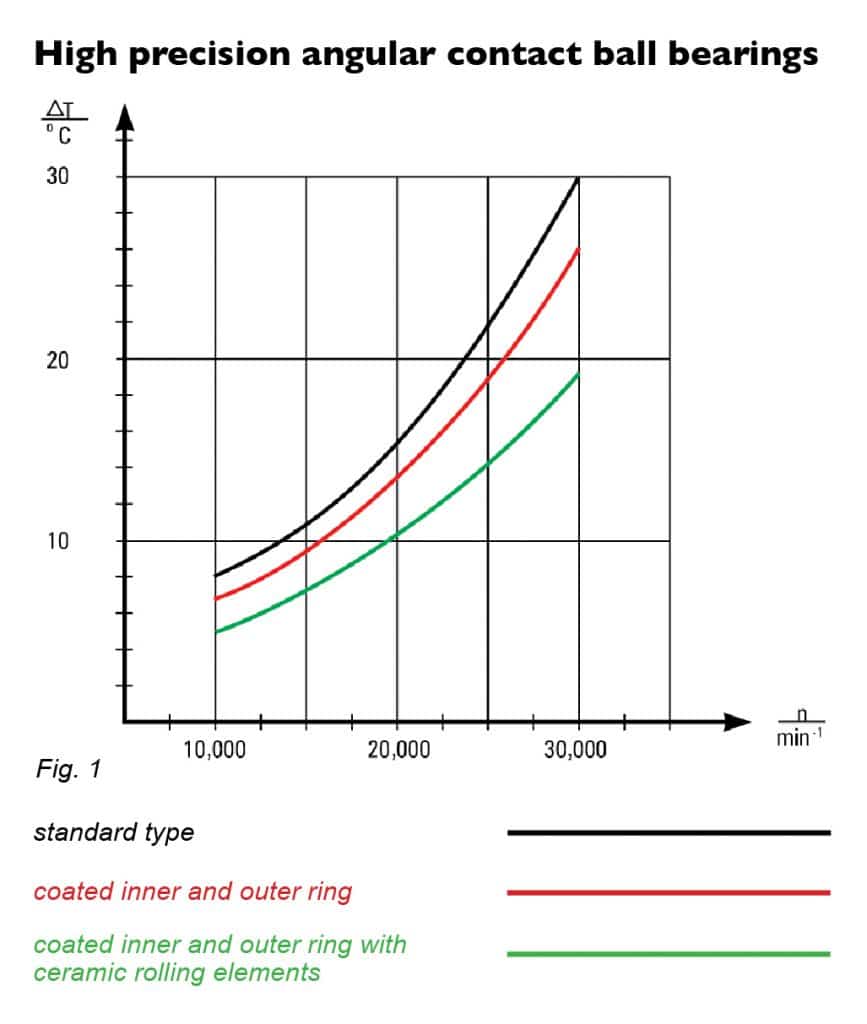
Lubrication is one of the most critical factors in the performance of systems with metal surfaces that operate near or in contact with one another. Consequently, it is vital for everyone, from machine operators to business decision-makers, to understand what is required to minimize friction and maximize the effectiveness and lifespan of mechanical systems.
Full-Film Lubrication and Boundary Lubrication
It is common for machine manufacturers to design machines such that medium- and high-speed rotating components never contact one another. This scenario is called full-film lubrication or elastohydrodynamic lubrication (EHL). When wear occurs in this type of assembly, a company can safely assume the cause is lubricant contamination, lubrication system failure, poor design, or improper operation.
Boundary lubrication is where an oil film is present, but it cannot support the applied loads. As a result, there is a degree of contact between metal surfaces when the system surpasses critical operating stress. This stress can be as low as a few MPa, with some materials.
Systems that have full-film lubrication can experience brief instances of boundary lubrication. That tends to happen as an operator starts the system or shuts it down.
A third lubrication scenario is called mixed film. Systems that use this approach can support higher loads, but experience adhesive wears under certain conditions.
Companies and their service providers must understand the characteristics of these three lubrication scenarios when addressing system problems related to lubrication.
How TDC’s Structure Benefits Lubrication and Bearings in Mechanical Systems
Armoloy Thin Dense Chrome (TDC), which can be applied to lubrication and bearings, and other machine components, has a nodular structure. That structure is beneficial in multiple ways. First, the spaces between the nodes serve as a “reservoir” for lubricant. The gaps retain material that might otherwise be lost as the system runs, making lubricant available for a longer period than on surfaces that are not nodular.
The second benefit of this structure has to do with wear debris. As metal wears, the castoff material can accumulate throughout the system, including in the contact zone. This accumulation adversely affects the system’s performance. The space between nodes tends to “capture” wear material, keeping it away from the contact zone longer.
In addition, a chromium coating can reduce the operating temperature of bearing systems.


Heat reduction is beneficial in several ways. For example, cooler temperatures help keep oil viscous longer, and viscous oil provides more effective lubrication. They also reduce oil oxidation. As a result, companies can go for longer periods before servicing their machines. Plus, less friction means more efficient operations and less energy consumption.
All of these factors contribute to lower operating costs and higher profitability.
Research on Structured Surfaces and Load-Carrying Film Formation
As noted above, boundary lubrication allows surfaces to contact one another. Consequently, spending less time in that state benefits mechanical systems.
Studies on using lasers to create structured surfaces point to an interesting potential added benefit of TDC’s nodular surface. The results seem to indicate that a structured surface promotes faster formation of a load-carrying film. Researchers are working to confirm that hypothesis. But if true, we will have a deeper understanding of how chromium coatings protect metal surfaces.
For instance, if a structured surface enables a system to get to a full-film lubrication state 25% faster than a non-structured surface, it seems reasonable to assume that wear is reduced by a similar number.
This type of discovery is one of the reasons we continually work to advance our chromium coatings. Rather than simply taking pride in the tremendous performance improvements they can produce today, we are accepting the challenge to deliver even better results down the road.